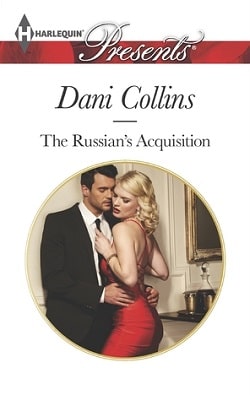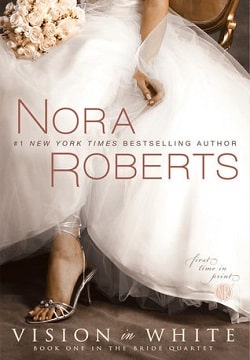“Yes, sir. Her daughter was the Beautiful One Who Was There. So she is the One Who Remembers.”
“The ghost that tells a flesh and soul complete history of the Book of the Dead?”
“I think so, sir. And one other thing,” added Timothy.
“And?”
“If you don’t mind, anytime I want, a visitor’s card.”
“So you can come visit anytime?”
“After hours, even.”
“I think that can be arranged, son. There will be papers to be signed, of course, and authentication carried out.”
The boy nodded.
The man rose.
“Silly of me to ask. Is she still talking?”
“Yes, sir. Come close. No, closer.”
The boy nudged the man’s elbow, gently.
Far off, near the temple of Karnak, the desert winds sighed. Far off, between the paws of a great lion, the dust settled.
“Listen,” said Timothy.
AFTERWORD
How the Family Gathered
Where do I get my ideas and how long does it take to write an idea once I get it? Fifty-five years or nine days.
In the case of From the Dust Returned, the material started in 1945 and was only finished after a period stretching until 2000.
With Fahrenheit 451, I got the idea on a Monday and finished writing the first short version nine days later.
So you see, it all depends on the immediate passion. Fahrenheit 451 was unusual and written during unusual times: that period of witch-hunting that ended with Joseph McCarthy in the fifties.
The Elliott family in From the Dust Returned began living in my childhood when I was seven years old. When Halloween came each year my Aunt Neva piled me and my brother into her old tin lizzie to motor out into October Country to gather cornstalks and field pumpkins. We brought them to my grandparents’ home and stocked pumpkins in every corner, put cornstalks on the porch, and placed the leaves from the dining room table on the staircases so that you had to slide instead of stepping down.
She stashed me in the attic clad as a witch with a wax nose, hid my brother at the bottom of a ladder leading up to the attic, and invited her Halloween celebrants to climb up through the night to enter our house. The atmosphere was rampant and hilarious. Some of my finest memories are of this magical aunt, only ten years older than myself.
Out of this background of uncles and aunts and my grandmother, I began to see that some of it should be caught on paper to be kept forever. So in my early twenties I began to jigger the idea of this Family who were most strange, outré, rococo—who could be, but maybe were not, vampires.
At the time I finished the first story about this remarkable household, in my early twenties, I was writing for Weird Tales magazine for the magnificent sum of a half-cent a word. I published many of my early stories there, not realizing that I was turning out tales that would outlast the magazine, far into today.
When I got a raise to a penny a word I thought I was rich. So my stories appeared, one by one, and I sold them for fifteen dollars, twenty dollars, sometimes twenty-five dollars apiece.
When I finished “Homecoming,” the first story about my Family, Weird Tales promptly rejected it. I had been having trouble with them all along because they complained that my stories were not about traditional ghosts. They wanted graveyards, late nights, strange walkers, and amazing murders.
I could not raise Marley’s ghost again and again, as much as I loved him and all the ghosts that haunted Scrooge. Weird Tales desired first cousins to Edgar Allan Poe’s Amontillado or Washington Irving’s thrown pumpkin head.
I simply couldn’t do that; I tried again and again but along the way my stories turned into tales of men who discovered the skeleton inside themselves and were terrified of that skeleton. Or stories about jars full of strange unguessed creatures. Weird Tales accepted some of these stories, reluctantly, with complaints. So when “Home-coming” arrived at their offices they cried “Enough!” and the story came back. I didn’t know what to do with it at that time because there were very few markets in the United States for such tale telling. On a hunch I sent it to Mademoiselle magazine, where I’d had luck the year before selling a short story that I had submitted on impulse. Many months passed. I thought, well, perhaps the story had got lost. Finally I received a telegram from the editors, who said they had debated changing the story to fit the magazine, but instead they were going to change the magazine to fit the story!
They put together an entire October issue built around my “Homecoming” and got Kay Boyle and others to write October essays to round out the magazine. They hired the talents of Charles Addams, who was then an offbeat cartoonist for The New Yorker, and beginning to draw his own strange and wonderful “Addams Family.” He created a remarkab















